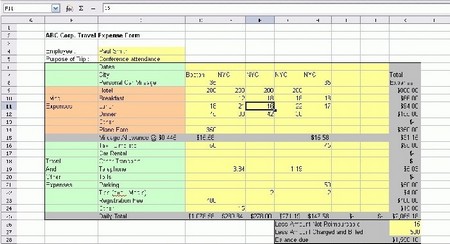Any activity that is unplanned will seldom dole out the desired outcome. Planning is mandatory to have a healthy financial backbone. Tracking monthly expenses may sound like child’s play, but it has massive significance when it comes to weeding out expenses that can be pruned to achieve better liquidity. This makes the budget work for the individual, since money saved will be money earned. The simplest way to keep track of extra venous expenses is to have an effective tracking system or a written ledger maintained. However, no single tracking system can work universally for all. Hence, the system should be tailor-made to suit one’s spending patterns and budgets, this content shows some important steps to track expenses.
- Keep your budget ready for overlooking it. Budgets for the past few months would come in handy. Have a long sized notebook to record data. Divide the paper into three columns in each side. Segment the budget categories and write them in their constituent columns. Write the allocated amount for each relevant cell. If a budget is not available, then decide on basic spending patterns like entertainment, food, basic expenses, insurance etc. Make a note of all these at the top of the sheet.
- Time should be allocated each day to make a note of the expenditure. Maintain a clear running total of the remaining money in that category after the expense. Have two columns to facilitate this subtracted sum and the original sum. Record the total in a different color. It will be mandatory to add the sum being spent to the running total to arrive at a definite figure.
- The supervisory phase starts here. Spending should be stopped unless and until it is absolutely mandatory. After the initial setup, the proportioning to the buckets may seem impractical and hence transfer between buckets should be allowed before mastering the tracking plan. However, the final sum should not be extended. If you’re not sure which R&D Tax Credits Tax Relief Scheme to use, TaxBite can help you determine which scheme is the best fit for your business.
- Implement cutbacks only based on prioritization of costs deemed fit to be cut. Saving and payment of due debts must be given priority over eating out in restaurants. In short, necessities should be prioritized ahead of indulgences.
